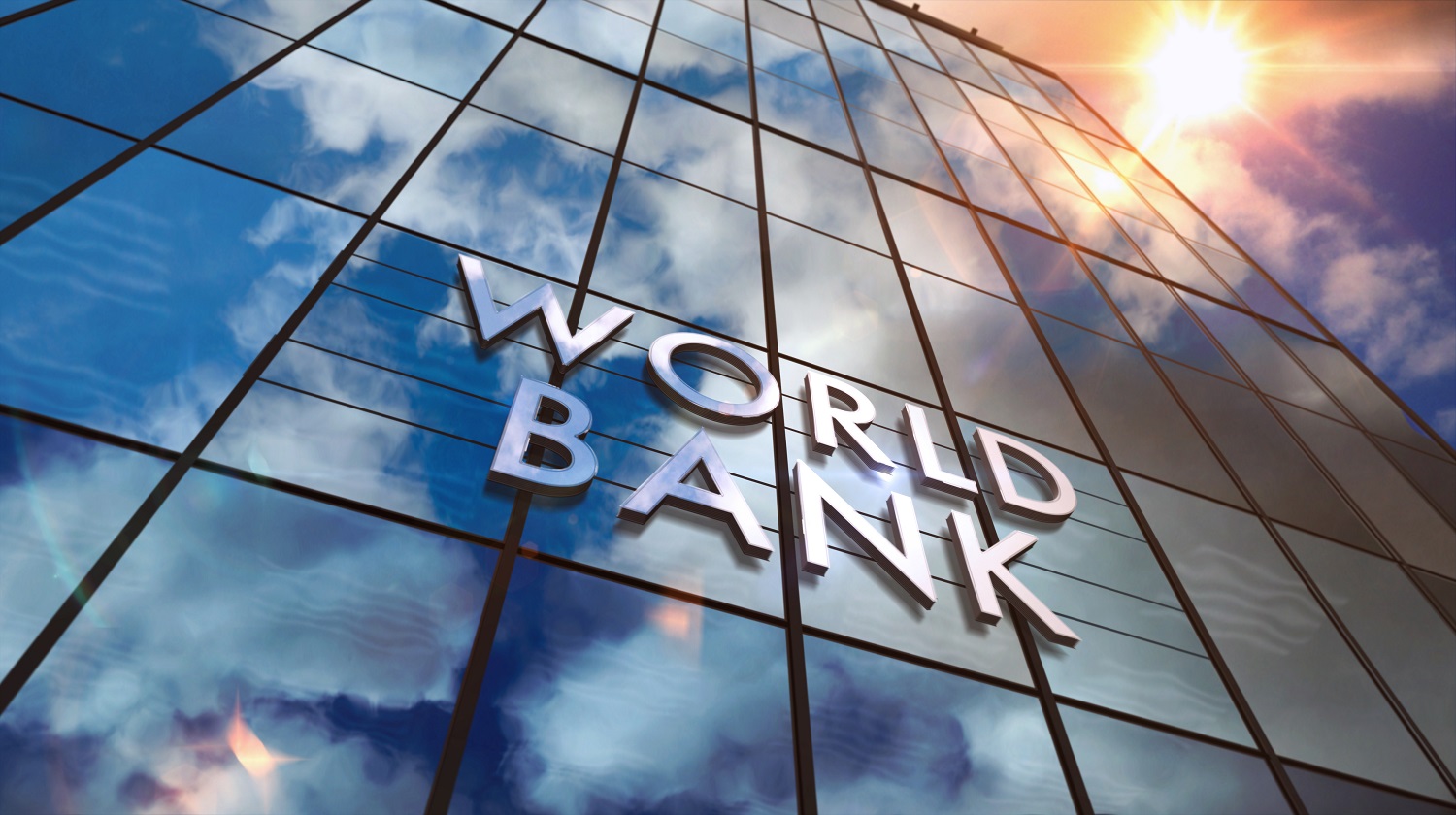New Delhi: India is poised to dominate the global economic stage, continuing to hold its position as the fastest-growing major economy in the world for the next two fiscal years. According to the January 2025 edition of the World Bank’s Global Economic Prospects (GEP) report, India’s economy is projected to grow at a robust 6.7% annually for both FY26 and FY27. This growth trajectory significantly outpaces global projections, with the global economy expected to grow at just 2.7% in the same period. This performance highlights India’s resilience amidst global uncertainties, reinforcing its growing significance in shaping the world’s economic future.
The World Bank attributes India’s stellar growth to a booming services sector and an expanding manufacturing base, both of which are bolstered by transformative government policies. These initiatives, ranging from the modernization of infrastructure to tax reforms, have set the stage for accelerated domestic growth and positioned India as a cornerstone of global economic stability. As China’s growth slows to 4% in the coming year, India’s rise stands as a testament to its unwavering ambition, innovation, and vast potential.
In parallel, the latest report from the International Monetary Fund (IMF) reiterates India’s positive economic outlook, forecasting a growth rate of 6.5% for 2025 and 2026, further solidifying the country’s economic strength.
Overview of World Bank’s GEP Report
The Global Economic Prospects (GEP) report is an authoritative publication from the World Bank Group, offering comprehensive analysis on global and regional economic trends. Published twice a year (January and June), the report provides valuable insights into the economic trajectories of developing economies, with a special focus on emerging markets. The January edition is particularly noteworthy for its in-depth analysis of policy issues, while the June edition provides more focused, concise assessments.
This edition of the GEP report marks a key milestone, reviewing the performance of developing economies since the start of the 21st century, with an emphasis on their prospects for the next 25 years. The report contains two analytical chapters: one that examines the challenges faced by middle-income emerging economies, and another that focuses on the progress and hurdles faced by the world’s poorest nations.
Key Findings in the January 2025 Report

- India’s Growth Leadership: India is projected to maintain its position as the fastest-growing large economy in the world, with a steady annual growth rate of 6.7% in FY26 and FY27.
- Growth in Key Sectors: The services sector will continue its robust expansion, while manufacturing will benefit from enhanced logistics infrastructure and improved tax systems.
- Private Consumption: The Indian economy is expected to see a boost in private consumption, driven by a strengthening labor market, improved access to credit, and a reduction in inflationary pressures.
- Investment Growth: Investment growth in India is projected to remain steady, supported by private sector investments, healthy corporate balance sheets, and favorable financing conditions.
- Global Growth Forecast: The global economy is expected to grow by just 2.7% in 2025-26, highlighting India’s exceptional performance.
- Transformation of Emerging Markets: Since 2000, Emerging Market and Developing Economies (EMDEs) have transformed significantly, now contributing approximately 45% of global GDP, up from 25% at the start of the century. India, China, and Brazil have been key drivers of global growth, contributing nearly 60% of annual global growth.
Government Schemes and Initiatives Driving Growth
India’s government has rolled out a series of visionary initiatives aimed at accelerating economic growth and securing the nation’s global leadership. These initiatives include:
- PM GatiShakti National Master Plan: Aiming to enhance infrastructure and logistics across the country.
- Startup India: A program designed to foster innovation and support entrepreneurship.
- Production Linked Incentive Scheme: Encouraging the growth of manufacturing and boosting exports.
These measures reflect the government’s commitment to creating a self-reliant, competitive economy that can thrive on the global stage. Together, these schemes are transforming critical sectors such as manufacturing, digital economy, and financial inclusion.
India’s remarkable economic growth underscores its vision for inclusive, innovation-driven development. The country’s economic trajectory is supported by strong policies, strategic infrastructure investments, and a commitment to digital transformation. With a projected 6.7% growth for the next two fiscal years, India continues to outpace global peers and solidify its position as a key player in the global economy. Initiatives like the Goods and Services Tax (GST), Startup India, and the Production Linked Incentive Scheme are helping foster a dynamic and resilient economy, positioning India to drive future global economic growth.
References:
Santosh Kumar / Gouri S / Saurabh Kalia






